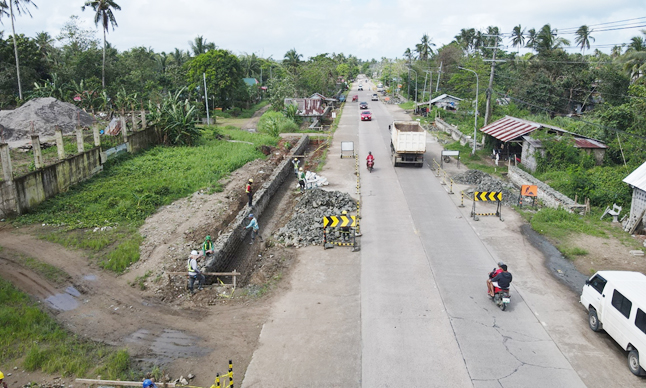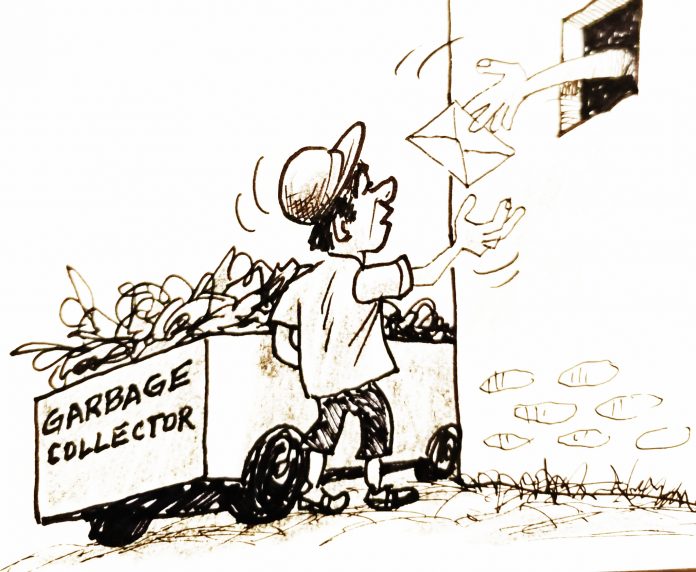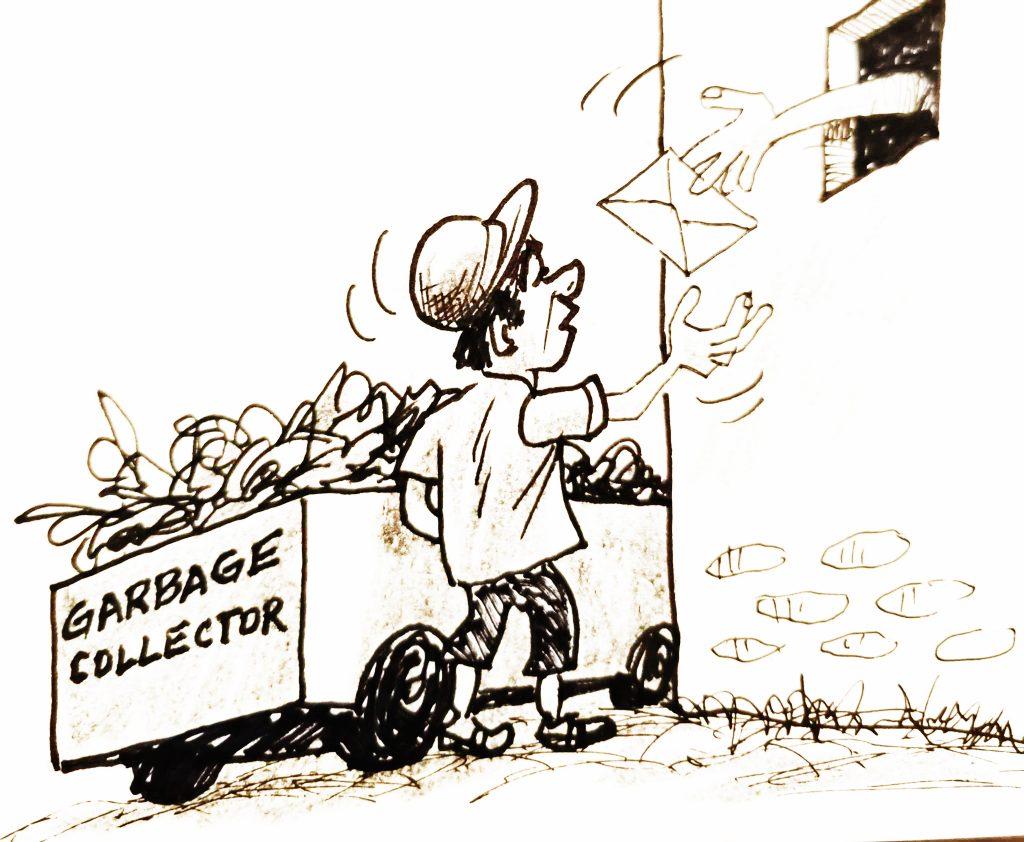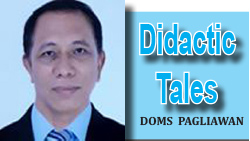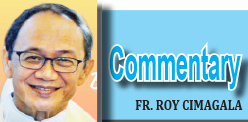Catarman N. Samar– Rehabilitation, reconstruction, and upgrading works along portions of the Allen–Catarman Road, particularly the national highway section in Brgy. Old Rizal, Catarman, Northern Samar, have officially commenced as the Department of Public Works and Highways (DPWH)- Northern Samar 1st District Engineering office continues its efforts to mitigate road flooding and prevent frequent road closures in the area.
The project, with a total allocation of P105.063 million funded under FY 2025, involves the construction of a four-lane road with a total length of 1.246 kilometers. The scope of work includes 22,143.41 cubic meters road embankment, slope protection using stone masonry on both sides, and the construction of concrete canal on both sides.
District Engineer Alvin A. Ignacio said the road section is highly prone to flooding during heavy rains, often causing traffic delays and road closures during inclement weather, making the upgrade necessary.
“With the commencement of this project, motorists can now expect a hassle-free and more convenient travel even during heavy downpours,” DE Ignacio said.
In an interview, Punong Barangay Estanislao M. De Silva Jr. expressed gratitude for the project, citing its significant benefits to their community and nearby areas.
“Dako sine an benepisyo sine nga project about san kanal,sayod man an bug-os nga Catarmanon nga an Barangay Old Rizal permi iton siya ginbabaha.Yana kay ada na iton nga project,iton yana makakabulig san Barangay Old Rizal ngan deri la sa barangay Old Rizal an mga nalabay didi sa barangay Old Rizal. Deri na sira Kurian ngadto sa pagtabok ngadto sa Catarman or sa Catarman pagtabok ngadto parte sa primero distrito.Sanhi, pag dako an uran,naapo an tubig dida,dre nakaka-agi an mga sarakyan labi na kun makusog gud an uran. Pati an mga taga brgy. Old Rizal apektado gud liwat,maski an iba nga barangay nga apiki sa barangay old rizal an pagtabok ngadto sa Catarman or pagkadto sa Allen.Pag nagbabaha dida siton, nagkakayaon kami mga “sibit” lalo na ang Old Rizal kay positive sa Schistos omiasis..Sayo liwat iton, mao am request sa gobyerno nga mabuligan unta kami about siton nga kanal,yana kay ad ana iton siguro ko maiibsan na yana an mga ginsusugad na Schistosomiasis.Pag nag-babaha liwat dida tikang sa may Norsamelco ngadto sa FMB, deri nakakatabok dida an sarakyan.ada la sir ana-stambay,danay 2-3 days hasta sa paghupa niya sa baha.Kunta ma-implement sin maupay iton dida nga project para maka-benepisyo an taga brgy. Old Rizal ngan an bug-os nga lumalabay nga kalsada.An pag-Upgrade sa kalsada, medyo maupay liwat nga ma-upgrade liwat kay para gud an transportasyon labi na mayaon ginsusugad nga relief,masayon dire na ma-stranded siton doon.” Punong Barangay De Silva said.
Once completed, the project is expected to provide the traveling public with a wider, safer, and faster route leading to Catarman, the capital town of Northern Samar.
(ANALIZA A. PABIA/PR)

